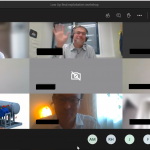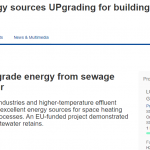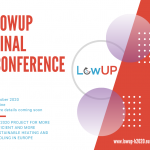Horizon 2020 energy efficiency projects CATALYST, LowUP and COOL DH developed innovative technologies for waste heat extraction and utilisation. They were presented and discussed during the 5th International Conference on Smart Energy Systems at the Aalborg University in Copenhagen.
The vision of CATALYST project is to turn Data Centers into multi-carrier energy hubs. Data Centers have a big potential as players in the heat marketplace, as there are great quantities of excess heat and the technology to transfer excess heat is already available. In particular, they can benefit with incremental revenues trading waste heat in Low Temperature DH Networks, and the use of excess heat for internal offices heating and cooling can bring a significant reduction of heat and gas procurement costs.
LowUP works on the application of industrial heat pumps to the extraction of energy from clean and dirty waste water, and has developed three cases of heat extraction. For instance, in Copenhagen harbour, the project installed a 2-stage heat pump that provides 5.0MW of energy to the city DH network. Seawater and sewage water are the source of two thirds of the energy, which is then transformed into useful heating by adding one third electrical energy.
COOL DH project supports cities to utilise low-grade heat sources and optimise low temperature DH networks. The project is introducing innovative processes and material all along the energy system on the supply, distribution and demand side. Project innovations are currently being tested in 2 pilot areas in Denmark (Østerby) and Sweden (Brunnshög). The Brunnshög district in Lund, is an ambitious project that will be fully developed by 2050. Low-grade surplus heat recovered from the research facilities will heat the entire district.
14 Horizon 2020 funded projects on the subject of Waste Heat & Cold utilisation were present at the workshop. Read here to know more.
Comments are closed.








 The LowUP project has received funding from the European Union’s Horizon 2020 Research and Innovation Program under Grant Agreement n°723930.
The LowUP project has received funding from the European Union’s Horizon 2020 Research and Innovation Program under Grant Agreement n°723930.